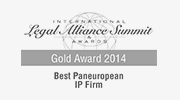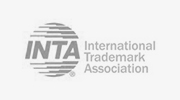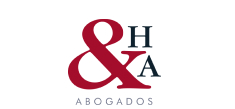29 May 2023
As of 12 June 2023, those with a legitimate interest will be able to make use of the legal figure of “partial revocation” for non-use of trademark registration, in relation to products or services that have not been used within the five years prior to the initiation of the revocation action.
Legislative Update
Law 27.444 of 2018 has introduced several amendments to the Trademark Law 22.362, among them, the one referring to the revocation of trademark registrations.
Thus, the new Article 26 of Law 22.362 establishes:
“The National Institute of Industrial Property, ex officio or at the request of a party, in accordance with the regulations to be issued, shall declare the revocation of the trademark, even partially, in relation to the goods or services for which it has not been used in the country within the five (5) years prior to the application for revocation, except in cases of force majeure.
An appeal may be lodged within thirty (30) working days of notification against a decision on the revocation of a trademark only by means of a direct appeal to the National Civil and Federal Court of Appeal, which must be filed with the National Institute of Industrial Property.
A trademark registered and used in a class or for certain goods or services does not lapse if the same trademark is used in the marketing of goods or in the provision of a service related or similar to those goods or services, even if included in other classes, or if it forms part of the designation of an activity related to those goods or services”.
The new wording of Article 26 represents a radical change in administrative practice in Argentina. It allows the establishment of new registration strategies, basically, against two administrative situations allowed until the recent legislative amendment, namely, on the one hand, the registration of defence marks, where the interested parties registered their marks in a large number of classes of goods and services not directly or indirectly related to those of the main class or classes used by the company.
On the other hand, the registration of trademarks was allowed to protect all the goods or services in the class, which often made it impossible for third parties to register similar trademarks for goods or services that differed from the actual use of the registered trademark.
On the other hand, there is a high number of registered trademarks that are not actually in use. This is clear from comparing the high volume of applications filed monthly and the high volume of existing trademark registrations, and there is no direct relationship between the number of existing registered trademarks and the real activity in the daily economy of our country.
Thus, the new legal regime will have advantages and/or disadvantages, depending on the perspective from which it is viewed. On the one hand, it will allow many companies to register their main trademarks, instead of alternative trademarks, especially when in the past they were prevented from registering their trademarks due to one of the situations detailed above. On the other hand, it will mean that many trademark owners will see their rights at risk of being attacked by means of a partial revocation claim.
New “administrative process” of the application for revocation
The procedure to request the total or partial revocation of a trademark registration, unlike the previous legislation where the process was initiated in court, must now be initiated before the administrative authority itself, that is to say, before the National Institute of Industrial Property (INPI).
The stages of the administrative process of a partial or total revocation at the request of an interested party include:
- Transfer of the request for partial revocation to the holder of the registration for a period of 15 working days for the holder of the registration to exercise his right of defence and provide the evidence he deems relevant.
- Once the transfer has been contested or the time limit for doing so has expired, the Trade Mark Office shall decide on the application for partial revocation.
- The final decision of the Trademark Office may be appealed before the National Court of Appeals in Federal Civil and Commercial Matters, within 30 working days of notification of the decision of the Trademark Office.
Finally, we believe that requests for ex officio partial revocation by the Trade Mark Office itself will probably have to wait for some additional time, at least until the first results of requests from interested third parties for partial or total revocations are seen.




























Comentarios
No Comments